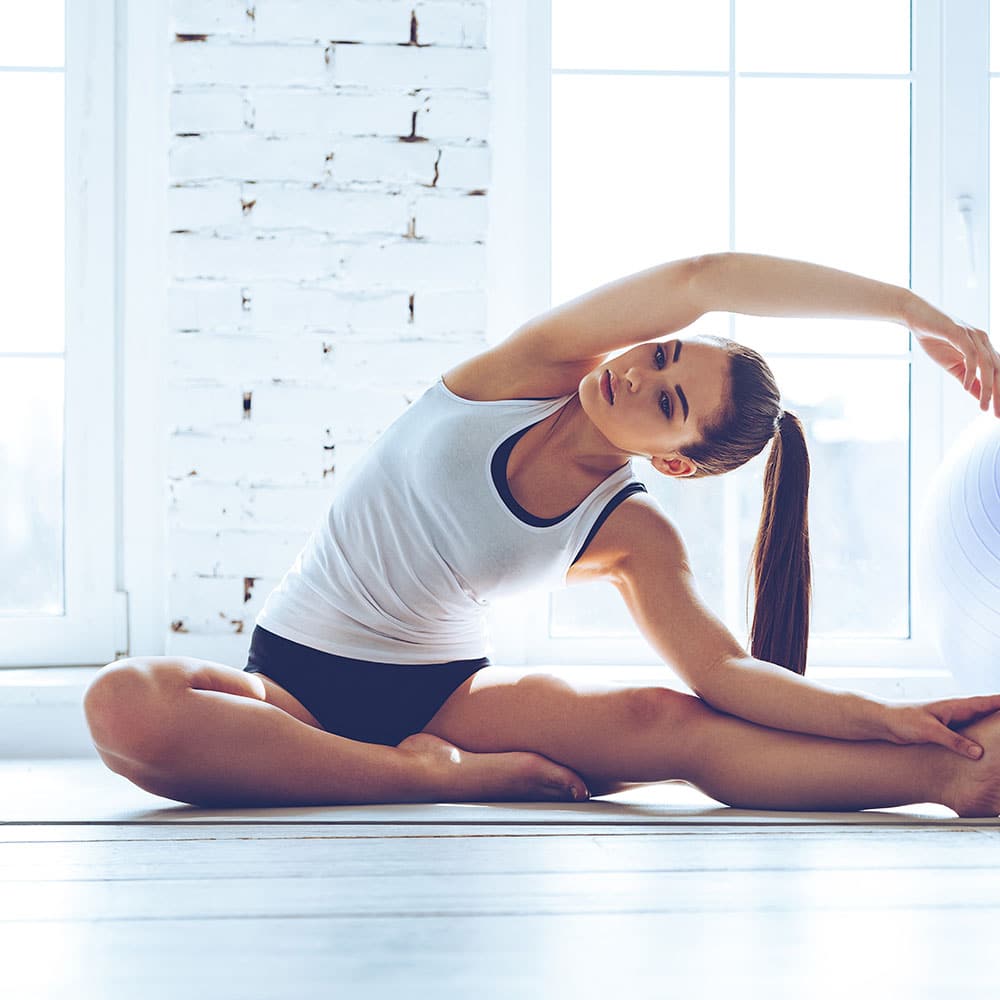In a recently released statement the American Academy of Orthopaedic Surgeons suggests that is attempting to get people to include flexibility exercises as part of their daily routines and exercise workouts.
According to Raymond Rocco Monto, orthopedic surgeon and AAOS spokesperson, some joints lose up to 50% motion with age making it harder to move. Increasing flexibility improves the ability to move with more ease. There are numerous ways and methods to improve joint flexibility such as controlled stretches held for 10 – 30 seconds that rely on reflexes to produce deeper motion and flexibility, as well as pilates and yoga. Adding that people should always try to remember to incorporate them into our regimen as they can reward benefits.
Similar to a rubber band, muscles and tendons create more force when under tension for a better athletic performance. Flexibility exercises train muscle to take on increased amounts of stress improving muscle health. With age flexibility in joints and tendons decreases. Stretching has been proven to help bring back the lost motion and boost function. A study published in the Archives of Internal Medicine stated that stretching your joints regularly can effectively relieve chronic back pain and quadricep stretches can help to alleviate knee pain. Another study published in the American Journal of Physiology stated that torso stretches can improve blood flow and lessen stiffness, and doing calf and hamstring exercises regularly at night can help prevent and decrease the intensity and frequency of night time legs cramps.
Good posture is important for a healthy brain and body. Improper posture affects the spine which protects the nervous system. Spinal misalignment can interrupt and break down communication between the body and brain. Bad posture can also affect balance which helps to integrate the information between the body and brain. The main consideration for good balance is proper communication between the visual field, vestibular system, and proprioceptive input, which refers to sensations from muscle, joints, and connective tissues that are obtained from pulling, lifting, and pushing heavy object.
It has been established previously in studies that up to 65% of children world-wide have bad posture, and have it has been observed that they may develop abnormal motor patterns which can result in neuromuscular skeletal disorders.
Modern living has posed some challenges in maintaining good posture with the invention of gismos, gadgets, and devices the require bending heads and necks down to see and use them causing what is referred to as text/tech neck. Making stretching and posture even more important to keep in mind and try to maintain every day.




